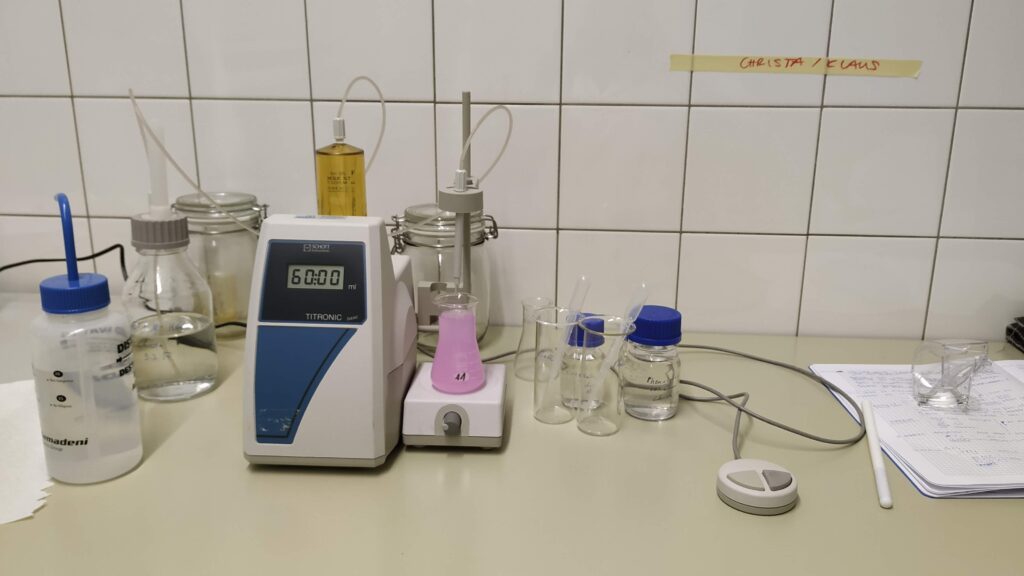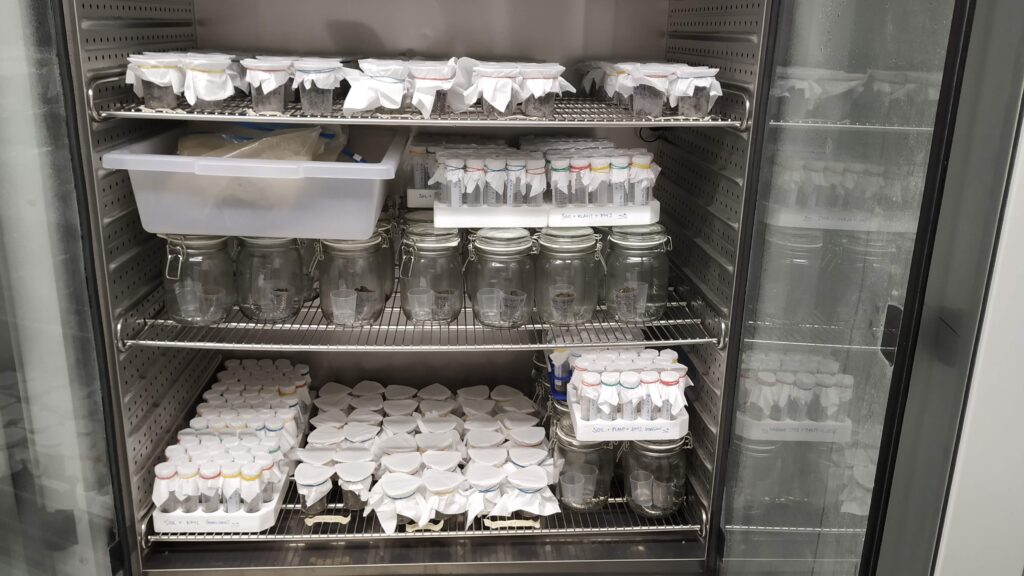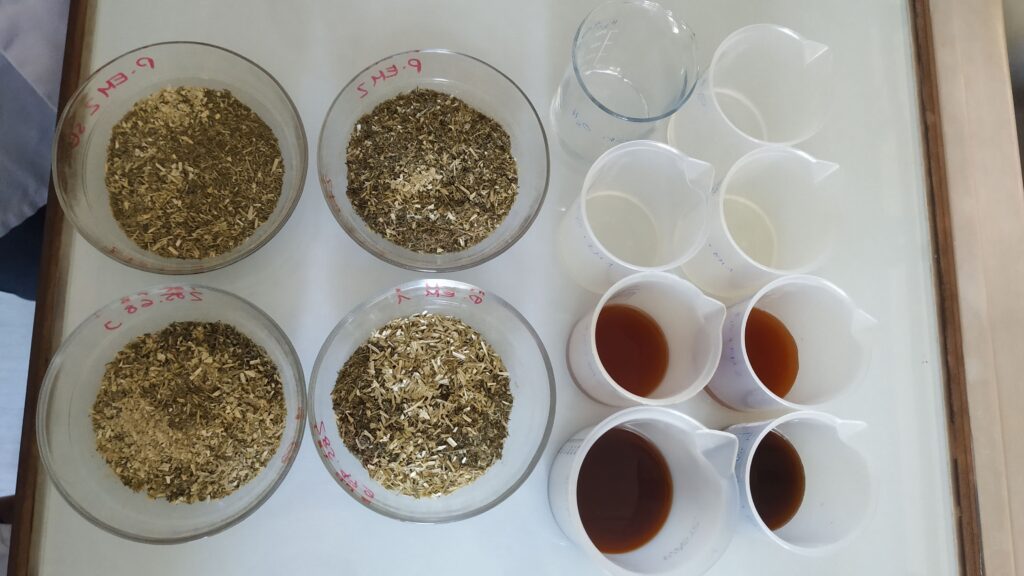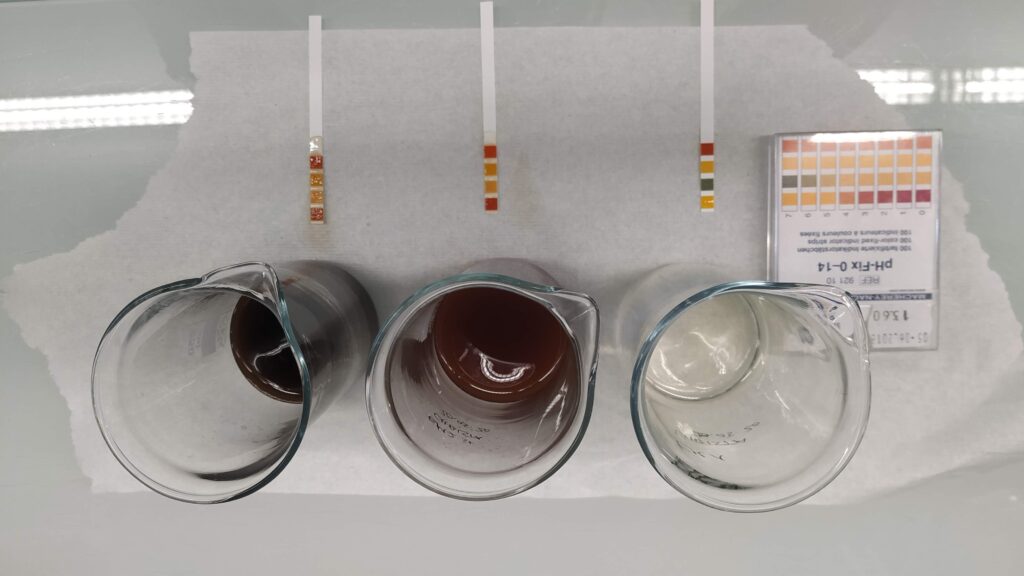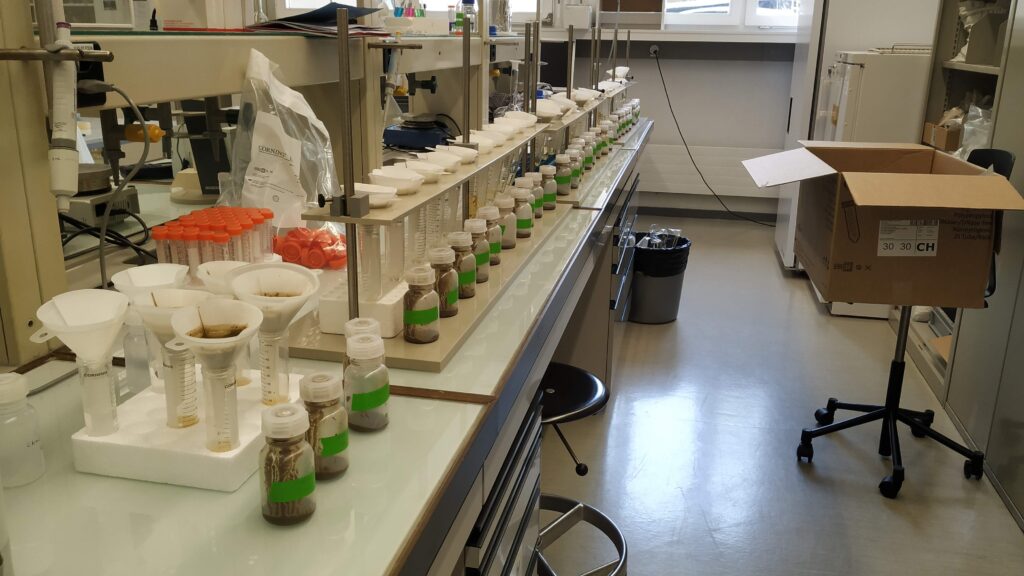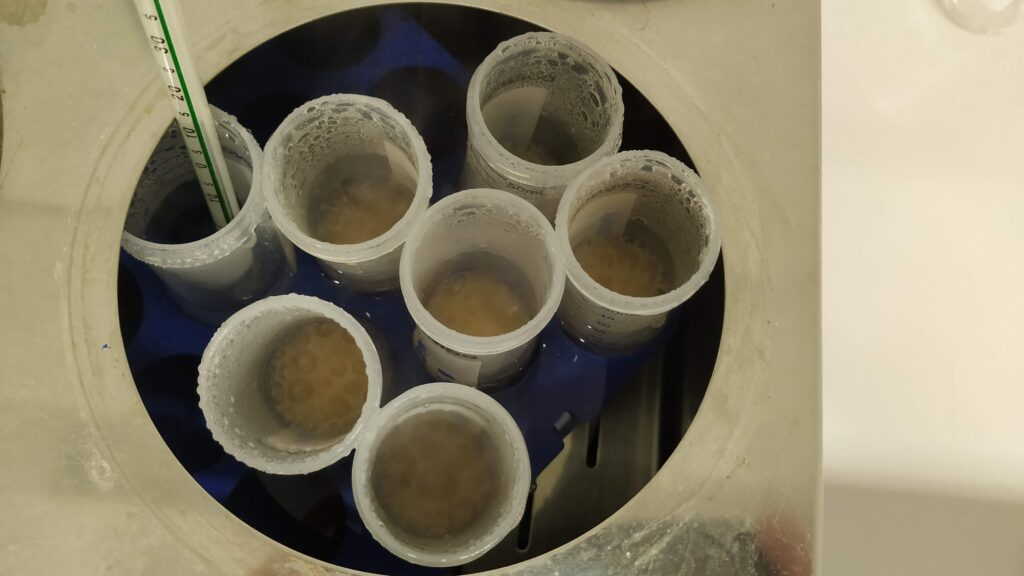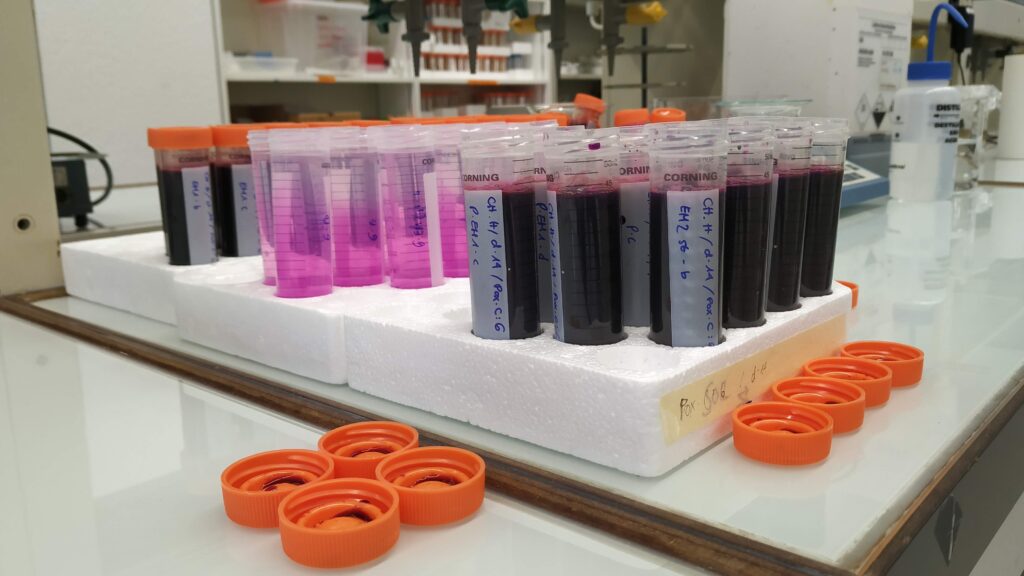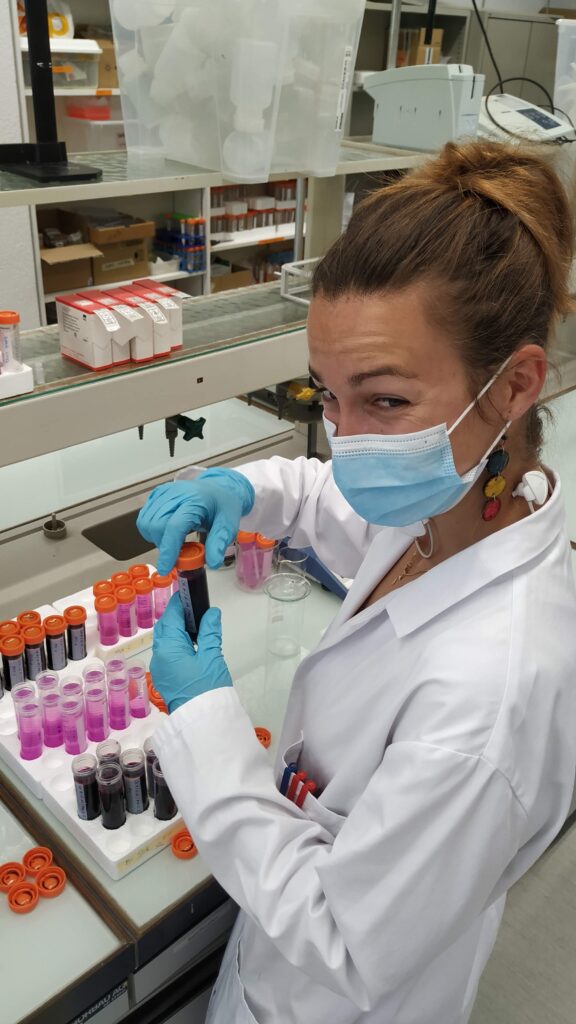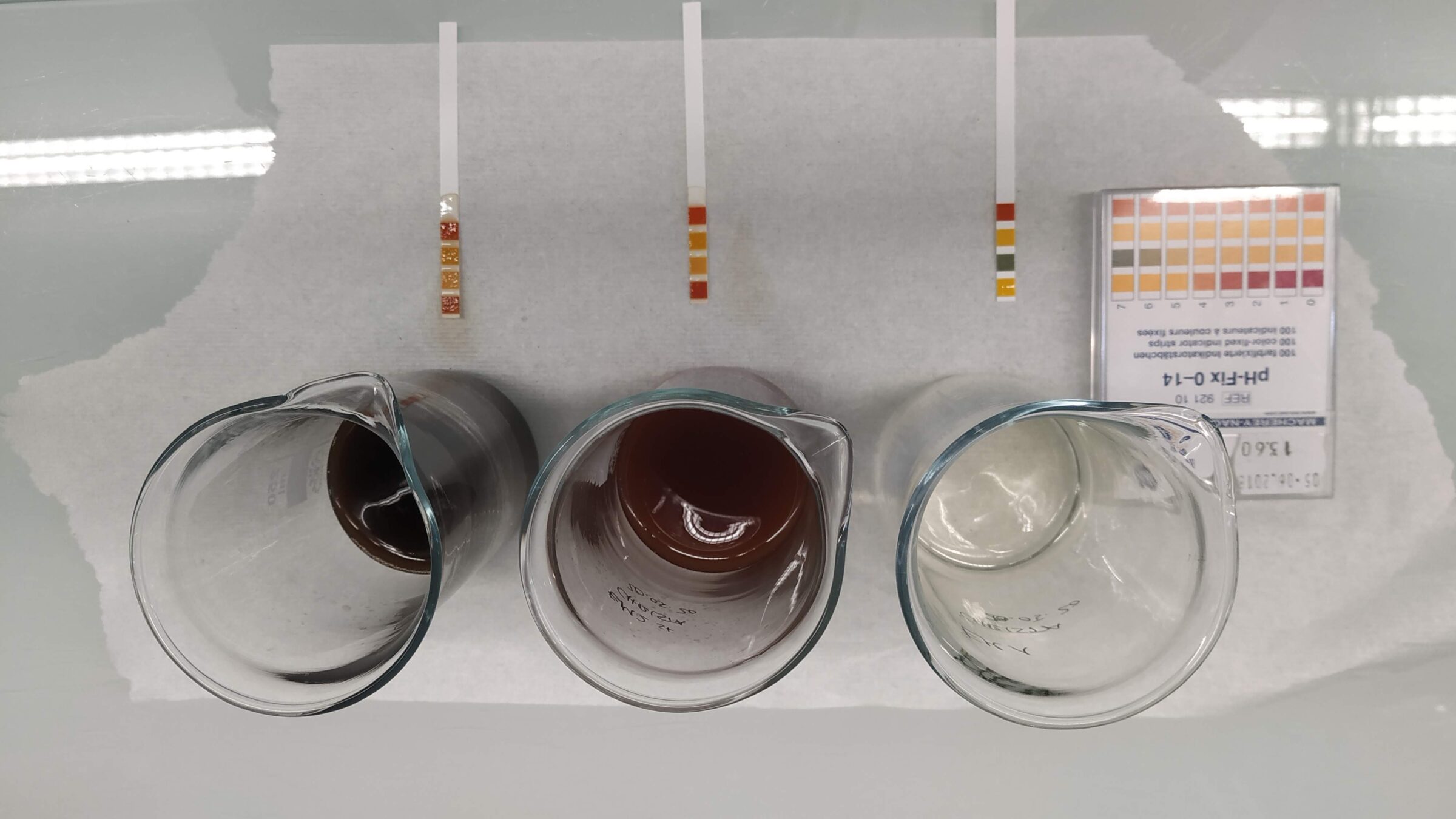Do effective microorganisms® (EM) affect the transformation of organic matter? Results of a soil incubation experiment
- January 2021
- DOI: 10.13140/RG.2.2.18582.36166
- Role: Soil Scientist, Author, Master Student
- Supervisors: Adrien Mestrot, Klaus A. Jarosch, Markus Steffens, Simon Oberholzer
- Affiliation: Geographisches Institut der Universität Bern, Gruppe für Bodenkunde
- Partners: Research Institute of Organic Agriculture FiBL, Oeschger Centre for Climate Change Research UNIBE, Agroscope: Agroecology and Environment
Abstract
Effective microorganisms® (EM) is a microbial inoculant promoted in organic agriculture to stimulate organic-matter (OM) decomposition, the formation of soil organic matter (SOM) and soil fertility. Despite being one of the most well-known and most commonly applied microbial mixed cultures worldwide, few scientific investigations have evaluated EM’s effectiveness. In the context of the increasingly popular regenerative land management practice Flächenrotte, the shallow incorporation of OM, this thesis consisted of: 1) a comprehensive review of qualitative and valid research around EM effects on soil processes in an agricultural context, and 2) a soil incubation experiment with an agriculturally used soil in temperate climate (Thurgau, Switzerland) to explore the effects of EM addition on SOM transformation, nutrient- and potentially toxic trace element (PTTE) dynamics. The systematic literature review detected 19 relevant articles and uncovered that it remains unclear how exactly EM affect soil properties and processes due to three main factors which are causing methodological challenges and are limiting the comparability of published studies: a) EM can be applied in various forms; b) EM have different effects on different plant species; c) EM can be applied in combination with different substrates. No previous study had considered EM effects on PTTE dynamics in soil. In the incubation experiment, 8 soil treatments with varying levels of EM and OM addition were incubated (28d, 12°C, 80% air humidity) to monitor trends in soil microbial activity (soil respiration), labile organic carbon (permanganate oxidizable carbon, POX-C), nutrient concentration (IC) and PTTE dynamics (ICP-MS). We observed a) no conclusive significant effects of EM on additional SOM formation, but OM addition strongly enhanced soil microbial activity; b) slightly increased nutrient availability for Mg2+ and Ca2+, which were likely substrate effects due to the activation of the local microflora rather than the activity of the newly added microorganisms; and c) no effects on PTTE availability, an important result to endorse the safety of EM application in Flächenrotte. POX-C was found methodologically not suited for the short time span of the experiment. Overall, the results strongly suggest that OM addition had significantly bigger effects than EM on respiration, nutrient- and PTTE dynamics. It will be important to better understand the concentration of PTTE present in commercially available EM products. We conclude that more research is needed to understand the effects of EM on soil processes and recommend to establish a common research agenda including the definition of main indicators of interest along with suitable methods, which will be crucial in order to make findings comparable.
Dig deeper
⬇️ Download this open access thesis on my ResearchGate profile
Impressions


